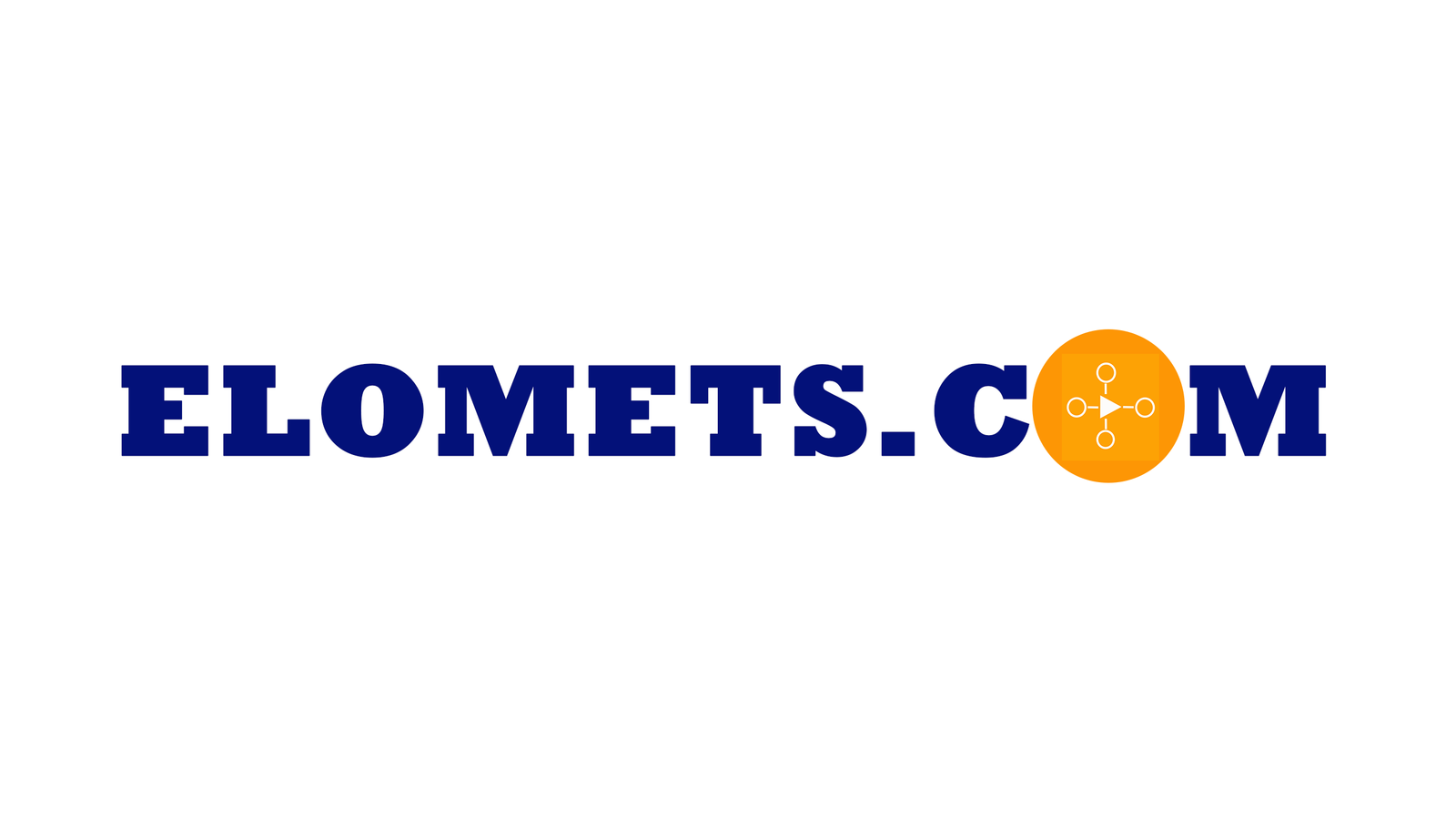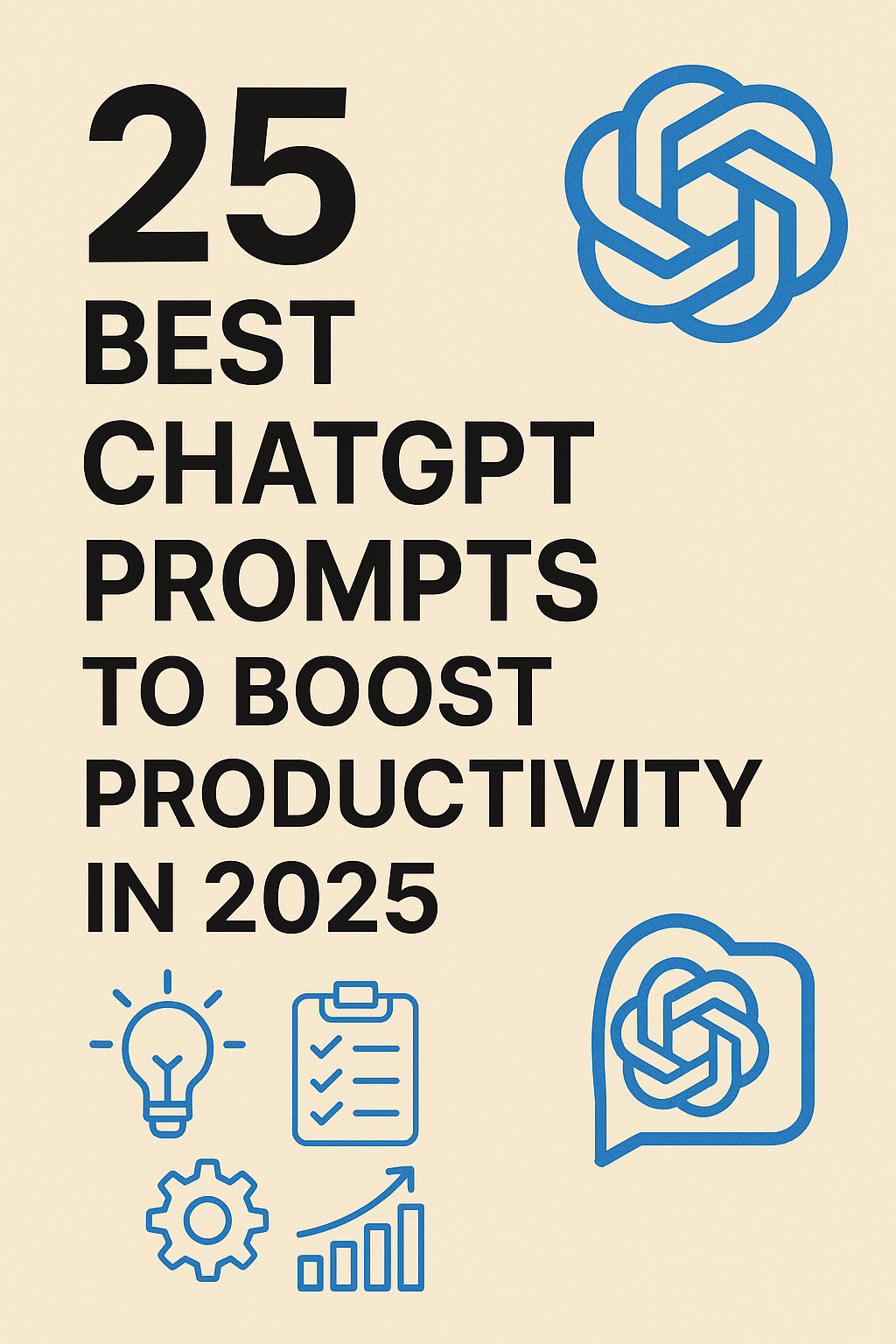In today’s fast-paced digital landscape, productivity is no longer a luxury—it is a necessity. As we transition further into the AI-driven era, the ability to manage time effectively, complete tasks efficiently, and maintain focus amidst increasing digital distractions has become a cornerstone of personal and professional success. With remote work, digital entrepreneurship, and flexible schedules now more common than ever, individuals must leverage the right tools to stay ahead of the curve. One of the most transformative tools in this new age of efficiency is ChatGPT, a powerful conversational AI developed by OpenAI. Rather than being a mere chatbot, ChatGPT functions as a highly adaptive virtual assistant capable of automating tasks, generating content, answering complex queries, and providing creative solutions across a broad spectrum of industries, hence necessary to know and understand how this powerful Ai tool works. Knowing how to type prompts accurately and knowing ChatGPT productivity prompts could not only boost your productivity but makes you use this AI to like a pro.
Check Out: ChatGPT – Daily Prompts….
Understanding ChatGPT and Its Capabilities
ChatGPT, powered by the advanced GPT-4 architecture, is a state-of-the-art language model developed by OpenAI. It is built upon deep learning principles and trained on a massive corpus of text data, enabling it to understand and generate human-like language across countless topics and use cases. Whether you need a quick answer, a fully-formed essay, a creative concept, or a complex analysis, ChatGPT can deliver contextual and coherent responses tailored to your input.
The true strength of ChatGPT lies in its ability to interpret and respond to prompts. A prompt serves as the instruction or question that initiates a conversation or task, and the quality of the output often depends on how well that prompt is constructed. With clear and detailed instructions, ChatGPT can assist users with content creation, technical problem-solving, customer support, data analysis, and more.
By leveraging well-structured prompts, users can unlock ChatGPT’s vast capabilities to automate routine processes, streamline decision-making, enhance communication, and significantly improve productivity. Whether in academic research, corporate operations, marketing, or personal development, ChatGPT serves as a reliable digital assistant that supports a wide range of productivity-enhancing tasks.
What Are ChatGPT Prompts?
ChatGPT prompts are specific instructions or questions that guide the AI in generating a response tailored to a particular task or goal. These prompts can range from simple queries, such as asking for a summary of an article, to more complex tasks like developing a multi-step business strategy. In essence, the prompt acts as the interface between the user and the AI, shaping the direction and quality of the generated output.
Crafting an effective prompt is both an art and a science. A well-formulated prompt provides clarity, context, and direction, enabling ChatGPT to deliver results that are not only accurate but also actionable. Poorly written prompts, on the other hand, may result in vague or irrelevant responses. This makes prompt engineering—a term used to describe the practice of designing precise input queries—a valuable skill in maximizing the benefits of AI interaction.
Moreover, prompts can be customized and adapted to suit various needs, from drafting professional emails and generating marketing content to conducting research and organizing daily workflows. Users who invest time in learning how to construct clear and purposeful prompts will find that ChatGPT becomes an indispensable tool in their productivity toolkit.
This blog post explores 25 meticulously curated ChatGPT prompts that are designed to significantly boost productivity in 2025. In addition, readers will find guidance on writing effective prompts, creating prompt templates, and maximizing the benefits of AI-powered assistance.
Why Use ChatGPT for Productivity?
Automating Repetitive Tasks
ChatGPT is exceptionally well-suited for automating routine, repetitive, and administrative tasks. These include but are not limited to drafting emails, summarizing lengthy documents, scheduling, and compiling data. By automating such functions, users can redirect their focus toward higher-value activities, thereby enhancing overall efficiency.
Brainstorming and Idea Generation
Innovation and creativity are essential in problem-solving, marketing, content creation, and product development. ChatGPT can serve as a brainstorming partner by generating a wide array of ideas quickly. This function is particularly valuable for overcoming creative blocks and accelerating the ideation process.
Time-Saving Benefits
Time is an invaluable resource in today’s knowledge economy. ChatGPT enables users to streamline processes that would otherwise consume considerable time and cognitive effort. Whether you are a student managing coursework, a business executive organizing meetings, or a freelancer juggling client deliverables, ChatGPT can help optimize your workflow efficiently.
25 Prompts to Boost Your Productivity
Here are 25 powerful ChatGPT prompts grouped into six productivity-enhancing categories:
1. Time Management
- “Create a daily schedule for a remote worker juggling meetings, emails, and deep work.”
- “Suggest a time-blocking plan for a busy college student.”
- “Help me build a weekly productivity routine using the Pomodoro technique.”
- “Give me a checklist to prepare for the most productive Monday morning.”
2. Writing Assistance
- “Draft a blog post outline about digital detoxing for mental clarity.”
- “Summarize this 2000-word article into a 100-word abstract.”
- “Rewrite this paragraph in a more persuasive tone.”
- “Generate headline ideas for a personal finance blog.”
3. Email Drafting
- “Write a follow-up email after a networking event.”
- “Create a polite email to decline a project opportunity.”
- “Draft a professional email introducing myself to a potential client.”
- “Write a cold outreach email to pitch my freelance writing services.”
4. Task Prioritization
- “List my top priorities based on this task list: [insert tasks].”
- “Help me prioritize my tasks using the Eisenhower Matrix.”
- “Categorize these tasks by urgency and importance: [insert tasks].”
- “Create a productivity plan for tackling a large, multi-step project.”
5. Focus and Motivation
- “Give me a motivational quote to start my day focused and strong.”
- “What are 5 ways to avoid distractions when working from home?”
- “Help me build a 15-minute morning ritual to boost focus.”
- “Create a list of short breathing exercises to reset during work.”
6. Coding Assistance (If Applicable)
- “Explain this Python code snippet to a beginner: [insert code].”
- “Generate a script that renames all files in a folder using Python.”
- “Help me debug this JavaScript error: [insert error].”
- “Create a simple automation in Python to extract data from a CSV file.”
- “Summarize the purpose of these 5 lines of code.”
Tips for Writing Effective Prompts
Be Specific
Prompts should be clearly articulated with detailed context. Specificity enhances accuracy and relevance.
Instead of: “Help me with marketing.” Try: “Create a 7-day social media content plan for a fitness brand targeting busy professionals.”
Use Context
Providing background information or defining constraints helps ChatGPT generate precise, actionable responses.
Example: “Write an email to a client I’ve worked with before, reminding them of our upcoming session.”
Experiment and Iterate
Effective communication with AI involves iteration. Users are encouraged to refine their prompts based on preliminary responses.
Start with: “Give me content ideas.” Improve to: “Give me 10 YouTube video ideas for a tech review channel focused on smartphones.”
Bonus: Create Your Own Prompt Templates
Here are adaptable prompt templates you can use and tweak based on your goals:
General Templates
- “Create a step-by-step plan to [goal] for a [target audience].”
- “Summarize [document/topic] in a way that’s easy for [audience type] to understand.”
- “Generate 5 ideas for [topic], tailored for [industry/niche].”
Business Templates
- “Write a client onboarding email for a [type of service] business.”
- “Create a script for a 1-minute video explaining my [product/service].”
- “Design a content calendar for a [business type] over the next 30 days.”
Productivity Templates
- “Develop a productivity strategy for someone who struggles with [challenge].”
- “Create a checklist to stay focused while working remotely.”
By saving and customizing these templates, you will streamline your engagement with ChatGPT and maximize the quality of results produced.
Conclusion
As we continue into 2025, productivity is increasingly defined by how well we leverage emerging technologies. ChatGPT stands at the forefront of this transformation, offering practical, intelligent, and scalable solutions to everyday productivity challenges.
By integrating the right prompts into your workflow, you can unlock ChatGPT’s full potential as a personal productivity assistant. We encourage you to explore the suggested prompts, customize them to your specific needs, and embrace the iterative process of prompt refinement.
Read Also: ChatGPT in 2025: The AI Everyone’s Using (But Few Understand)

